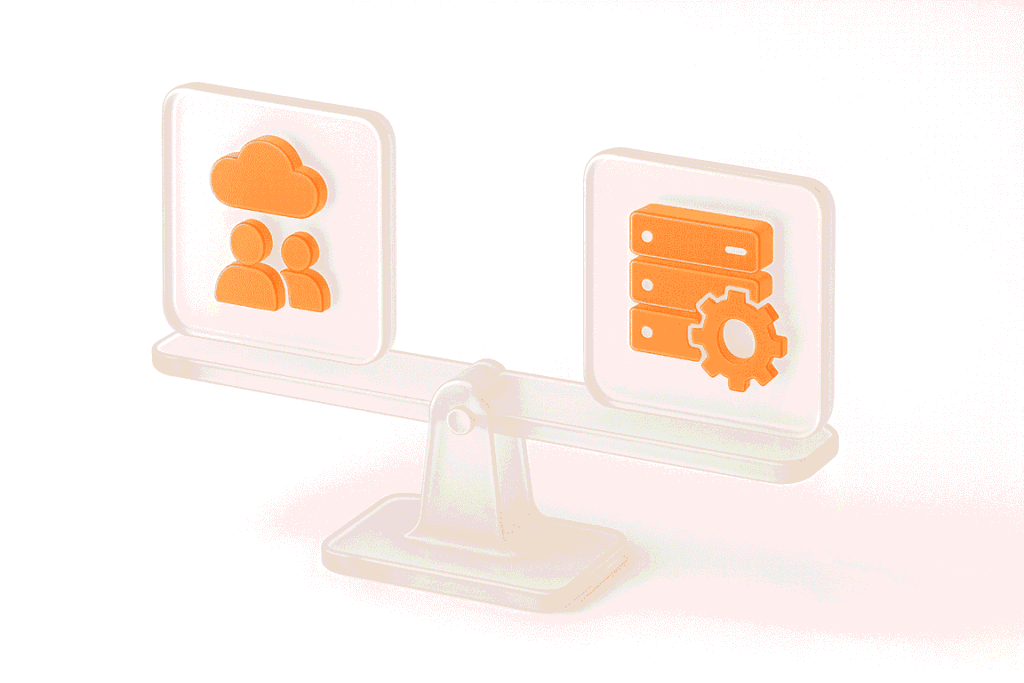Software testing is a detailed procedure that requires many steps. It is an essential part of the software development process and is done so that only the best product reaches the end-user. Unit testing is a method that is used to test programs and applications to see if they function according to the clients’ specifications.
If any problems persist, they should ideally be taken care of earlier on so that they don’t show up when the final version is sent out to clients. Software unit testing mainly involves checking individual modules for errors.
Unit Testing Definition
Unit testing involves testing individual components of the software program or application. The main purpose behind this is to check that all the individual parts are working as intended. A unit is known as the smallest possible component of software that can be tested. Generally, it has a few inputs and a single output.
Types of Unit Testing
The main objective of unit testing is to ensure that each individual part is working well and as it’s supposed to work. The entire system will only be able to work well if the individual parts are working well. Unit testing is performed by the software developers themselves. Sometimes, independent software testers also perform these tests.
There are two main types of unit testing: manual and automated. The automated method is the most preferred as it is faster and more accurate, but performing this task manually is also an option. The manual approach has a step by step instructional procedure that helps testers perform this task efficiently. The automated unit testing usually involves the developer first writing a section of the code in the application so that the function can be tested.
After that, when the application is deployed, they remove the test code. They can also isolate the function to test it in a more thorough way. This helps with identifying any dependency that might be there between the tested code and the other data spaces. These dependencies can then be eliminated.
Unit Testing Process
The workflow of unit testing in software testing usually follows this framework:
Unit test cases should be independent so that if there are any changes required, they can easily be made without the other ones being affected. Only one piece of code should be tested at a time, and there should be clear naming conventions for them in order to make the process much clearer and simpler. Any bugs identified should be fixed first before proceeding to the next phase. The unit testing procedure can be simple or complex, depending on the application that is being used and also on the testing strategies employed by the developers or the independent testers.
Advantages of Unit Testing
There are many benefits of unit testing. These are written below:
The process becomes agile
This is the main benefit of unit testing. When you add more features to any software, you might need to make changes to the old design and code, and this can be expensive as well as risky. If you use the unit testing methodology, then this can save a lot of time and can make the whole process much faster and easier.
Quality of Code
Unit testing significantly improves code quality. It helps developers to identify the smallest defects that might be present in the units before they go for integration testing.
Find Software Bugs Easily
Unit testing helps identify all kinds of issues with the software at a very early stage. Software developers can then work on those issues first before progressing any further. The main advantage of this is when the issues are resolved at an early stage, no other part of the software is impacted. This leads to increased efficiency, reduced downtime, and reduced costs that would otherwise arise as a result of the whole design process stalling.
Facilitates Change
Refactoring the code or updating the system library becomes much easier when you test each component of the software individually. If there are any problems, they are detected early on and making changes to the system thus becomes much easier. The accuracy of each unit is verified before it moves on to the next phase. This means that the unit is proven to be in proper working order before it’s integrated with other modules.
Provides Documentation
Unit testing takes into consideration the documentation of the entire system. Developers who want to learn about the functionality of a certain program or application can easily learn about the system by reading the documentation of each individual module. It allows them to develop a thorough understanding of the system and what each individual component does.
Debugging Process
The debugging process can be simplified to a great extent by unit testing. If a certain test fails, then only the latest changes that have been made to the code need to be debugged. To fully understand the role of unit testing compared to other testing methodologies, such as integration testing, you can explore the differences between integration testing vs unit testing to see how each contributes to a comprehensive testing strategy.
Design
Unit testing allows software developers to actually think through the design of the software and what has to be done before they write the code. This can help them to stay focused and can also help them to create much better designs. Testing a code early on can help to define what that piece of code is really responsible for.
Reduce Costs
Any problems or bugs in the system are identified in the early stages through unit testing, and because of that the cost of bug fixes is significantly reduced. If these bugs are discovered later, then it will be much more expensive to fix them.
When bugs are detected at the later stages, they are usually the results of many changes that have already been made to the system. If the software has already been developed, finding out the exact code that caused these bugs will be a major problem.
Role of Unit Testing in Software Development
Automated unit tests reduce the number of bugs released in the production. The best unit testing will come from a developer very close to the project, and writing unit tests helps some developers to understand the code better. It can often be a good way for new developers on the project to get to know code if it was written by someone else.
What Projects Need Unit Tests?
For the best practice, all projects must be under unit testing, but normally it is used for larger projects. Smaller projects can still benefit from unit tests, but project managers and clients should evaluate the time needed to develop unit tests during the project.
Unit Tests Examples
There are many unit testing examples you can find. One of it is creating of the mock objects to test sections of code that are not yet part of a complete application. Such objects fill in for the missing parts of the program. For instance, you might have a function that needs variables or objects that are not created yet. In unit testing, those will be accounted for in the form of mock objects created solely for the purpose of the unit testing done on that section of code.
Unit Testing in PFLB
Unit testing has its own importance, and the absence of it might cause problems and can significantly impact the overall performance of the program. Unit testing ensures that all the individual units are performing as they’re supposed to and is usually done in the developmental phase. To ensure optimum performance of the software, this form of testing needs to be implemented when required.It is difficult to find a reliable testing provider who can handle the testing phase of your project.
PFLB specializes in performance testing services across all major industries. They have qualified professionals with many years of experience who can guide through the entire procedure



